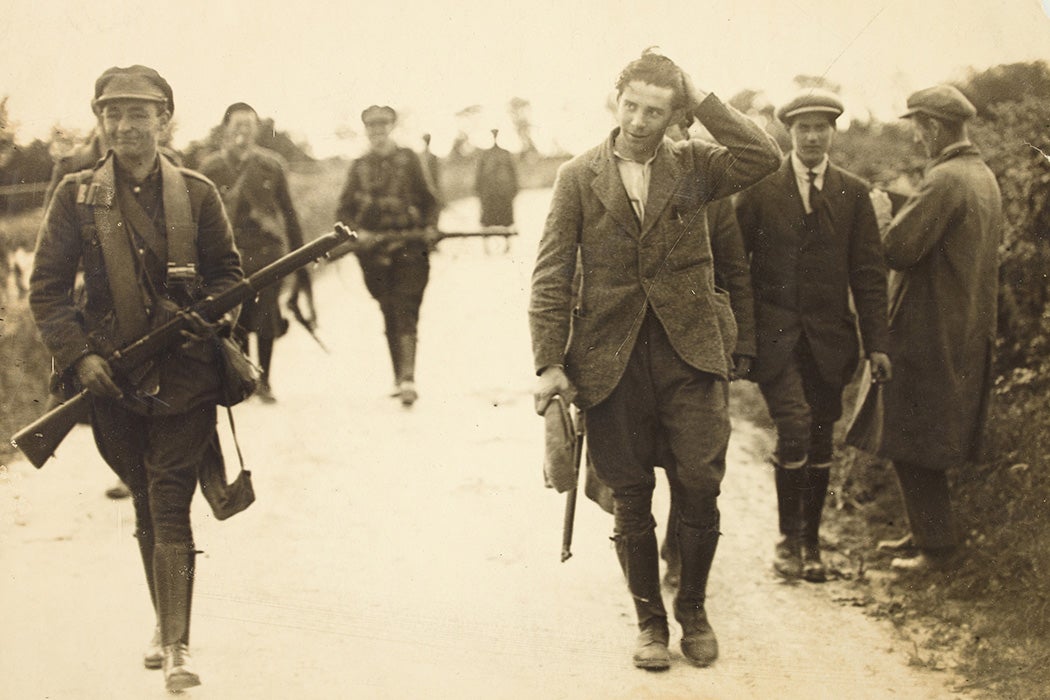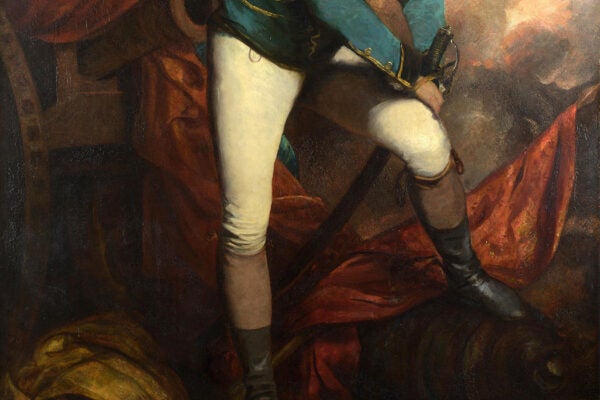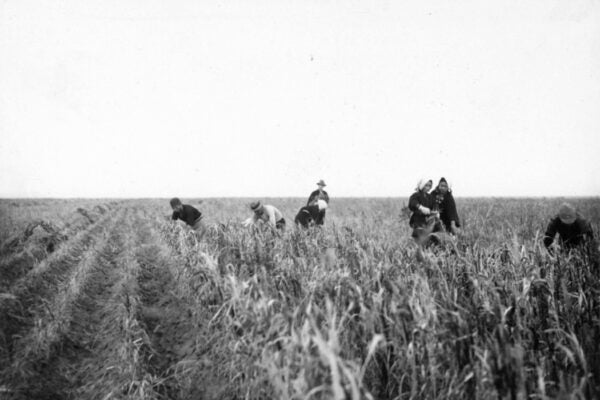Ireland is known today for its strong support of Palestinian rights, with 71 percent of respondents in a recent poll agreeing that the term “apartheid” applies to the situation faced by Palestinians. But historically, Ireland and Irish nationalism have served as models for the development of Zionist thinking, particularly for American Zionists who supported the establishment of a Jewish state in Palestine. In the early twentieth century, they found plenty of common ground with the Irish cause.
“American Zionists found in Irish history and Irish nationalist aspirations a tale of statelessness, exile, and liberation that resonated deeply with their own conceptions of the past and hopes for the future,” explains historian Judah Bernstein. “This, along with the sheer ubiquity and visible success of Irish nationalism in America, encouraged American Zionists to compare themselves with the Irish and to hold Irish nationalism in esteem.”
One rabbi, Joseph Krauskopf, spoke at the Irish Race Convention in 1919 to demand that US President Woodrow Wilson back Irish nationalism. The same year, another rabbi, Abba Hillel Silver, told the Irish Good Fellowship Club of Cleveland, that “the Jews, like the Irish, have known what oppression is and their struggles for freedom have brought the two peoples together.”
In fact, Jewish American newspapers compared Irish revolutionaries, such as Roger Casement, Patrick Pearse, and John Redmond, with Jewish heroes and leaders across history—including Bar Kokhba, Akiba, the Maccabees, and Theodor Herzl, the founder of the Zionist movement.
That’s as individual Zionist factions drew specific, sometimes contradictory, lessons from Ireland.
For instance, the Yiddish Orthodox newspaper Morgen Zhurnal, which was opposed to secular Zionism, ran an editorial in 1913 praising “faithful obedience to Catholicism” for the success of Irish Home Rule—conveniently ignoring that the Irish movement was secular and also included Protestant activists.
Meanwhile, other American Zionists were attracted to a more militant Irish nationalism, represented by groups such as the Clan na Gael. They embraced methods associated with these Irish radicals, such as street demonstrations and protests against the use of racial caricatures in the theater.
And, when the initial success of the Russian Revolution seemingly obviated the need for a haven from antisemitic pogroms, one slogan from those who continued to champion Zionism was “zienizm far zich allein.”
Bernstein interprets this line, which means “Zionism for itself alone,” as an allusion to the Irish nationalist party, “appropriating the literal meaning of ‘Sinn Fein,’ which is Gaelic for ‘Ourselves.’”
Bernstein offers the words of the Yiddish journalist and American Zionist Abraham Goldberg to explain the allure of the phrase: “Though our methods were not the same as the Sinn Fein, our goals were unmistakably ‘Sinn Fein’—it had to be for itself alone.”
Overall, the range of stances adopted by Irish nationalists likewise “helped make acceptable for American Zionists an array of views and behaviors,” writes Bernstein. He notes that
Zionists did not appropriate or admire one specific aspect of Irish nationalism, but rather different Zionists looked to different examples of Irish nationalism. Yet, despite their differences, they shared in the belief that Irish nationalism was a cause worth emulating.
And their crusade appealed to American Zionists like no other, for a slew of reasons.
“Unlike the Germans, the Irish represented the ideal type of a small, oppressed, stateless nation,” he writes. On the other hand, “Irish nationalism was not easily associated with antisemitism, unlike the nationalist aspirations of Polish Americans.” On top of that, the representation of Irish Americans as public servants and businessmen made them a model minority to be emulated.
The Balfour Declaration of 1917, which cemented official British support for a “Jewish home” in Palestine, marked a turning point in the alliance between Zionism and Irish nationalism.
“The declaration placed the Zionists wholly on the side of the Irish people’s longtime nemesis [the British], and thus, some Zionists worried, threw into question the decades-long friendship between Zionists and Irish American nationalists,” Bernstein observes.
Weekly Newsletter
However, what he characterizes as “Zionists’ admiration for Irish nationalism” nonetheless continued into the 1920s. Editorials in newspapers like Dos Yiddishe Folk, for instance, suggested Zionists study the new Irish commonwealth “as precedent for what the Jews could hope to gain” in Palestine.
This nuanced history, Bernstein argues, shows that American Zionism was not “the unmediated expression of an eternal national spirit” among Jewish people, as some proponents suggest. Rather, paying attention to how various ethnic nationalist movements developed together in the American melting pot “helps demonstrate how American Zionism, like all nationalisms, was a project shaped by the imperatives of its surrounding and the demands of the era.”







